Succulents are native to arid dry climates of the world and have evolved in ways allowing them to store water inside of the bodies to get through the dry periods. From flowering succulents to leaves that are spiny or hairy, succulents can be used to create an vibrant and interesting arrangement in your home or rock gardens. Some of the most loved varieties are succulents that flower and put on a colorful show of beautiful blooms.
Table of Contents
Do All Succulents Flower?
All succulents can flower, but whether or not a succulent flowers depends on many factors. The two most important factors are maturity or age and growing conditions.
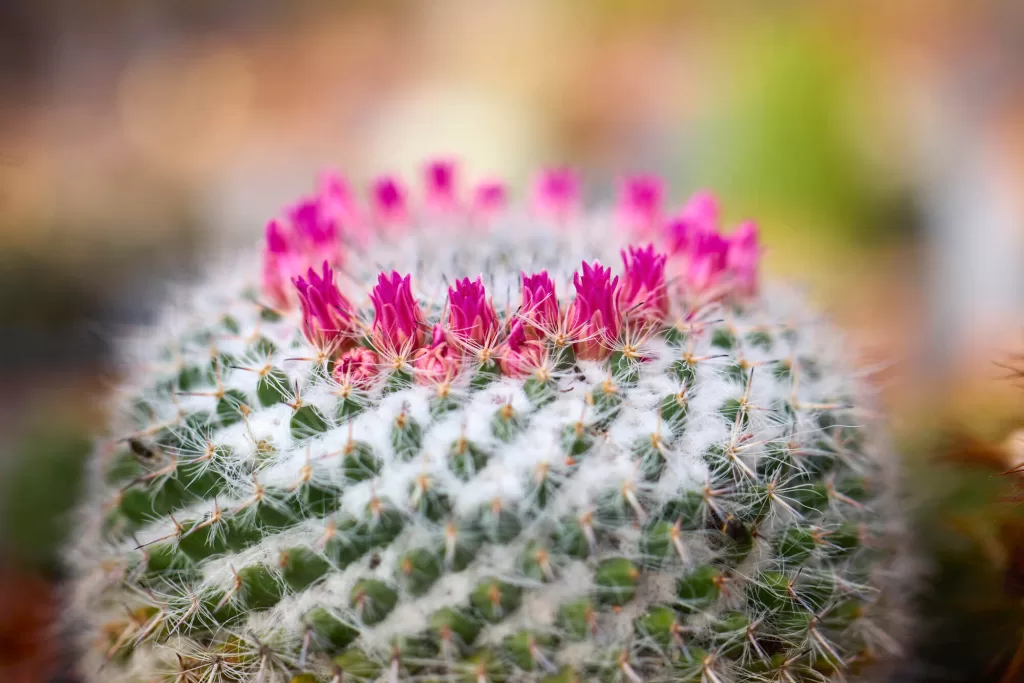
Why Do Succulents Flower?
Succulents flower as a way to reproduce. While the flowers themselves cannot make new succulents, they contain seeds that when pollinated can germinate to create new succulents. Different succulent species will bloom at different times of the year.
Flowering Succulent Varieties
Below are a few popular flowering succulents most commonly kept as indoor succulents or grown as part of a succulent garden.
Kalanchoe
One of the most common house plants is a kalanchoe blossfeldiana which is an evergreen bushy plant with that produces a canopy of blooms in colors including orange, pink, white, red, yellow and purple. They most often bloom in the early spring and are known as short day plants. This means they need short days and long nights to produce blooms, much like a holiday cactus.
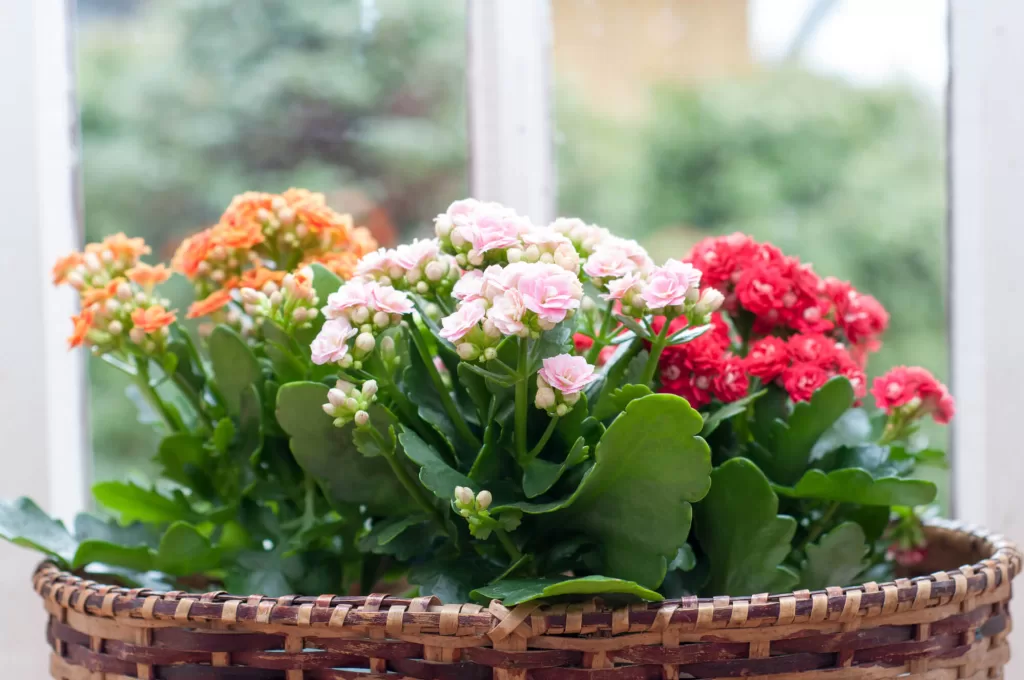
Aloe Vera
You can find aloe vera plants in many people’s windowsills and outdoors in cacti gardens, but it’s often hard to get an indoor aloe vera plant to bloom. Only mature aloe vera plants bloom and you can encourage blooming by providing the right conditions. Provide at least six hours of direct sunlight daily and maintain warm temperatures around 70°F – 85°F during the day and night time temperatures above 60°F.
If growing the aloe vera in a pot, it’s best to plant it in a terra cotta pot with good drainage. Water the aloe vera once the soil has dried out and fertilize monthly with a water soluble fertilizer suitable for succulents. Aloe vera plants start budding in late winter, with the flowers appearing in early spring and lasting up to late summer. The aloe vera will display it’s colorful blooms for 2 to 3 months.

Rose Pincushion Cactus
This rounded spined succulent produces lush pink flowers even when it is small. It’s a fast growing cactus, so leave plenty of room around it if planting it in a succulent arrangement. This succulent cannot survive a hard frost and will do best when grown indoors in a south facing window with plenty of sunlight.
Desert Rose
The desert rose, adenium obesum, has a thick succulent truck with delicate leaves and trumpet like pink, red or rose flowers. This plant is susceptible to frost and is grown as an indoor plant for the exception of gardens in zones 11 or 12. The desert rose will bloom during the summer months and go dormant in the winter dropping it’s blooms and leaves.
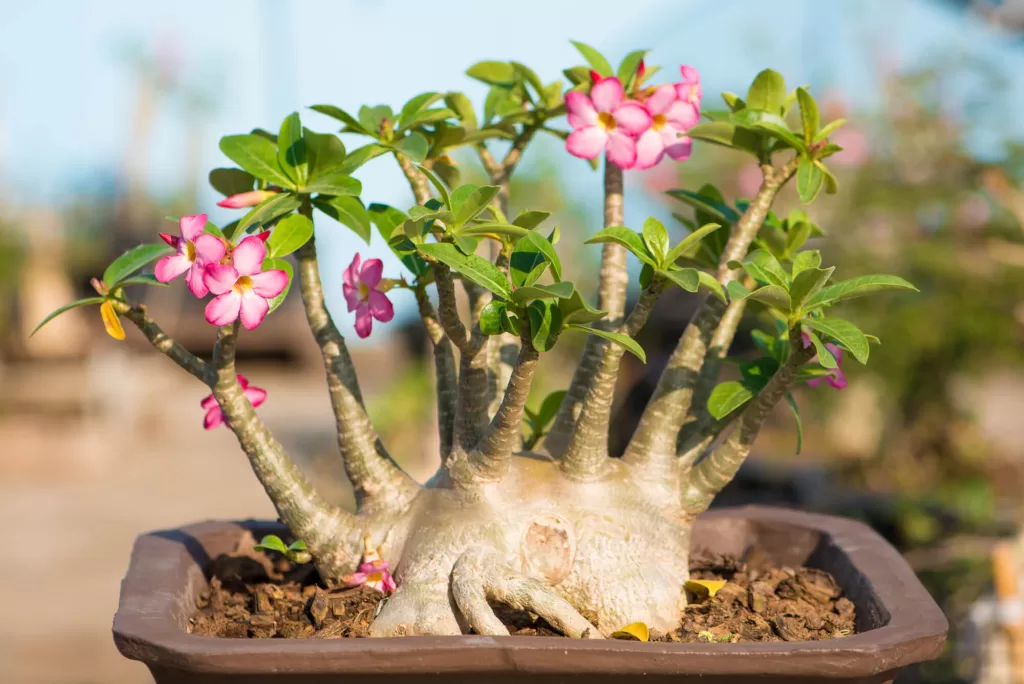
Agave
One of the most iconic and well known succulents in the southwest are agave plants. Agave nectar or syrup is made from the agave blooms which only come from mature plants. The agave plant is often referred to a the century plant and while it does not take 100 years to bloom it will take at least 10 years or even longer depending upon the variety. The mature agave plant will send up a bloom stalk that can reach up to 25 feet in height upon full bloom.
Unfortunately, agave plants are monocarpic plants and die after blooming. The flowering of a monocarpic succulent is referred to a bloom of death. More of that is discussed below.
String of Pearls
The string of pearls succulent, Senecio rowleyanus, is native to South Africa and can be grown as a house plant anywhere or outdoors in USDA zones 9 – 12. In it’s native habitat, string of pearls grows as a thick lush ground cover. When grown indoors plant this succulent in a hanging basket or large pot and allow the tendrils of pearls to cascade over the sides. This plant does not require as much sunlight as other succulents and grows best with 3 to 4 hours of partial light. When exposed to cool temperatures in the winter around 55°F to 60°F, the string of pearls will produce delicate white puffy flowers in the spring.
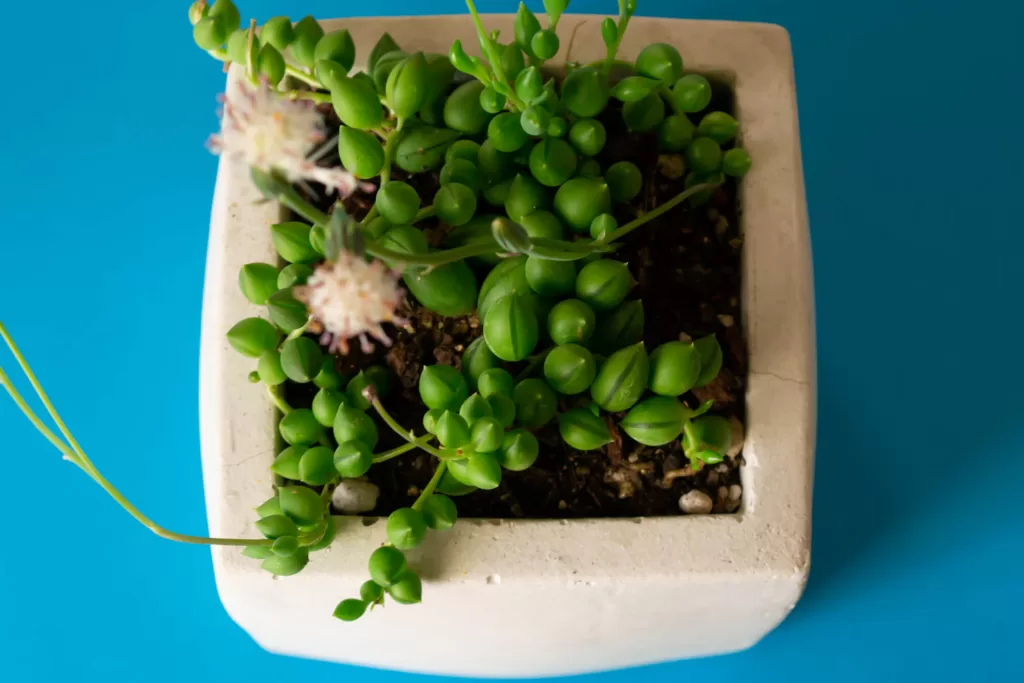
How To Get Succulents To Bloom?
Succulents reproduce by blooming, so if a succulent can flower it certainly will provided it has the right temperatures, light and nutrients available. Below are some proper care tips to to ensure your succulent plant blooms.
Temperature
Matching the temperature of your succulents native habit is crucial to bloom formation and overall succulent health. This is almost impossible to recreate indoors, so If possible, in the summer months place your succulent plant outside. Each day over a couple of weeks gradually expose the succulent to additional hours of sunlight and outdoor temperatures until it is fully transitioned outside. If the succulent plant you’re growing originates from a cold weather desert, it will require winter dormancy with short days and cool temperatures to bloom. Like a holiday cactus, it must be placed inside a cool dark area to trigger dormancy in order to bloom.
Water
Water is a vital nutrient for succulents to produce flowers. Without enough water, the succulent will be in survival mode and will not produce flowers, but too much water will cause it to rot. During the winter months, when the plant is dormant it is kept drier. Once the top inch of soil is dry, water the succulent thoroughly and deeply. Ensure the succulent is planted in a well draining soil specifically for cacti and succulents that contains either perlite, akadama or sphagnum moss.
Fertilizer
Soil nutrients are required to be added to plants that are commercially cultivated and not growing in their native environment. During periods of growth, water your succulent when the soil is damp with half strength water soluble fertilizer once per month. Fertilize monthly starting in the spring and stop in the early fall. Use a fertilizer rich in phosphorous to encourage blooming.
Sunlight
Artificial indoor light will not promote flowering. Succulents need a mix of direct and indirect light to promote blooming. At least six hours of full sun is enough for the plant to be vibrant. Signs your succulent is not receiving enough sunlight include: leaves that open and spread becoming thinner while trying to find light and the leaves gradually become smaller and start to droop. Mild symptoms can be corrected by moving the succulent to a well-lit area, but severe symptoms may need pruning to remove the dying stem and leaves allowing the plant to grow again.
Keep them Clean & Dust Free
It seems obvious, but keeping the succulent leaves clean and dust free will allow the leaves to fully absorb the sunlight. It also helps to monitor for pests such as aphids. If you notice aphids on your succulents, simply wash them away with water and spray with neem oil.
The key to most desert succulents flowering is to allow them a cool and dry overwintering process. Protect them from frost, but a period of dormancy is absolutely key to promote succulents flowering. In the spring, provide them with plenty of light, moisture and nutrients and you will be rewarded with blooms from your mature plants.
What is a Death Bloom?
Did your succulent flower and then die? If so, you had a monocarpic succulent. The succulent uses all of it’s energy to produce a flower stalk and then dies leaving the generation to be carried on by the fertilized seeds within the flower stalk or the small succulent pups that have grown from the main mother plant.
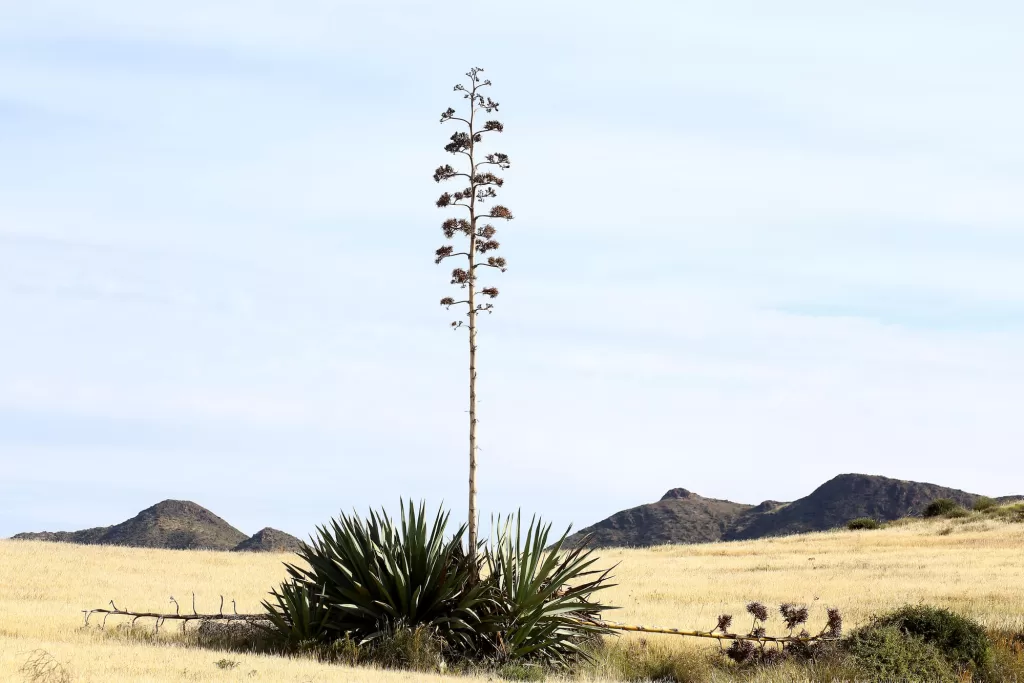
Other than researching the type of succulent you have to determine if it is a monocarpic succulent look for the location of the bloom. If there is a flower stalk shooting up from the center of the succulent it is most likely monocarpic. A bloom or multiple blooms from multiple leaves or locations on the succulent is not a monocarpic plant and with proper care can have a long lifespan and display years of blooms.
Some types of monocarpic succulents are:
- Most Agave Plants
- Some Kalanoche Plants
- Chinese Jade Plant (Sinocrassula)
- Hens and Chick (Sempervivum)
- Aeonium



I had no idea succulents bloomed like this, Stacie, that is so cool. We’re always looking for ways to incorporate more flowering plants like these into our gardens because we have such sandy soil and it’s always hot down here too so I’m excited to look these up! Hugs, CoCo